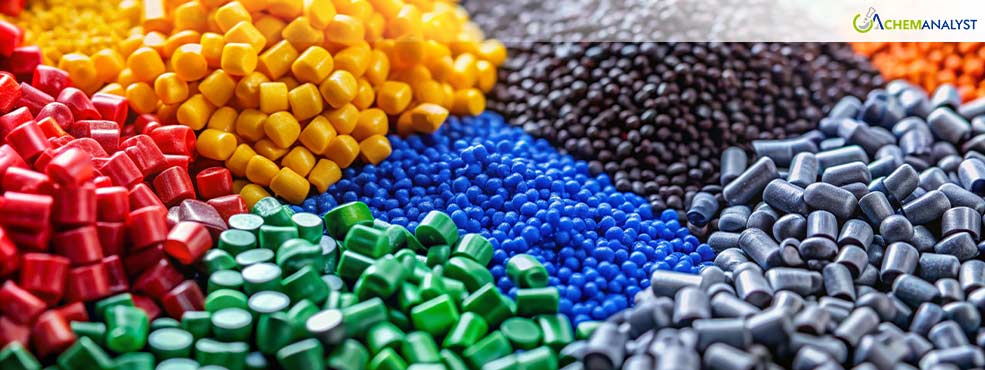US PP Market Turned Southwards in Mid- October despite challenging supply conditions
- 21-Oct-2024 7:00 PM
- Journalist: Stella Fernandes
In mid-October 2024, the US polypropylene (PP) market experienced a bearish trend, primarily driven by unfavourable export conditions and declining production costs, particularly the continued drop in feedstock propylene (Polymer Grade). This decline made it challenging for the US PP market to compete with international offerings from Asia and the Middle East, leading to a significant depreciation in prices over the week.
The price deterioration was further fuelled by an increase in upstream inventory during September and downward pressure from PGP monomer costs. Some buyers took advantage of discounted railcars for processing in October and November, while others opted to utilize their existing inventory buffers, which were built to mitigate potential weather-related supply disruptions during hurricane season. Traders were focused on liquidating their stored materials rather than restocking. Notably, PP exports saw minimal interest outside of Mexico, falling by approximately 20 million pounds below August levels and accounting for only 4% of total PP sales.
By the end of the month, although there was a slight upstream inventory build, producer stocks remained about 95 million pounds lower than March levels. According to data from the Association of American Railroads, chemical railcar loadings dropped to 30,493 for the week ending October 12. However, loadings showed a year-over-year increase of 3.1% (13-week moving average) and were up 4.1% year-to-date, continuing an upward trend for six of the past thirteen weeks, which contributed to the downward pressure on PP prices.
During the first half of October, PP prices fell approximately 3.2%, while production levels remained moderate. This was influenced by a 0.3% decline in industrial production in September, attributed to disruptions from hurricanes and strikes affecting the nation's industrial base. Additionally, chemical capacity utilization decreased from 78.3% in August to 78.1% in September, leading to moderate PP production.
The downward pressure on propylene prices, which dropped about 3.5% during this period, eased PP production costs. Most propane dehydrogenation (PDH) facilities in the US operated smoothly, with little impact from the hurricane season. However, outages were reported, including a force majeure declared by Enterprise Products on October 10, 2024, at its Mont Belvieu, Texas facility (750,000 MT/year capacity) due to technical issues. Similarly, INVISTA declared a force majeure at its Houston facility (658,000 MT/year capacity) on October 13 due to a technical glitch. The restart dates for both facilities remain uncertain, which could lead to increased production costs for PP.
Looking ahead, PP prices are expected to continue to decline as international competition from Middle Eastern and Asian cargoes is likely to exert downward pressure on US prices. Most suppliers have built substantial inventories and are focused on depleting existing stocks, resulting in a cautious, wait-and-see approach in the spot market.



